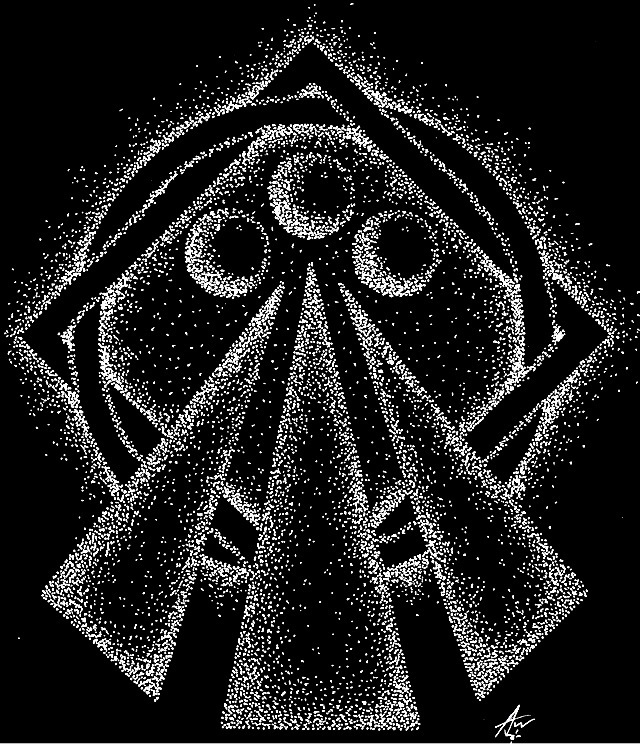Have you ever woken up just before your alarm clock goes off? Can it be related to your spirituality? Is your subconscious really that important or awesome?
This is a response to a student email asking about waking up before his alarm after an evening of visualisation meditation.
“Thank you for sharing your experience with me. Yes, I have had similar experiences with waking up on, or just before, the alarm goes off; although I’ve never had a countdown before! What you are experiencing isn’t supernatural but it is pretty incredible. It’s an awesome glimpse into the work of your subconscious mind. Roughly speaking you can split the mind into three parts: the conscious, subconscious, and unconscious. The conscious is the actively aware part of the mind, the bit we tend to think of as ourselves, although in reality it’s only about 10% of our mind. The subconscious is the powerhouse of a workroom where most of the activity happens, and it makes up about 60% of your mind. The rest is the unconscious, the deep storage areas of the mind.
Amongst its many functions the subconscious constantly communicates with the conscious and unconscious. Part of the process of meditational visualisation (such as the Sacred Grove) is to ‘turn down’ the overly critical, rational/logical and controlling part of the conscious mind so that we can experience a more free flowing association based communication with the subconscious (and indirectly the unconscious) mind.
One of the other functions of the amazingly powerful subconscious is to regulate your incredibly accurate biological clock and your wake/sleep cycle. The wake/sleep cycle is controlled by the PER protein. When the PER level drops you become tired, lethargic and sleepy. When it rises you become more energetic and awake. The subconscious increases PER levels and releases stress hormones to slowly bring you out of sleep. If you are in a regular (healthy) sleep pattern it starts the process about an hour before you need to wake up. Your body finds it really stressful to be woken abruptly out of deep sleep (by an alarm clock or anything else) as a panic response your system is rapidly flooded with stress hormones like adrenaline and cortisol. To avoid this kind of excess bodily stress the subconscious mind can alter the timing of the wake cycle PER increase to bring you out of deep sleep and into consciousness/wakefulness at the time required; especially if getting up early or at specific time has been forefront in your conscious mind (possibly with some level of anxiety attached to it). Your subconscious mind and internal body clock really is that good; so good in fact that it can time it so you reach wakefulness minutes before your alarm goes off!
Ok, very interesting I (hopefully) hear you say, but what has this got to do with Druidry? One of the unstated aims of (particularly)the Bardic grade is to forge a greater awareness and free flowing communication with the subconscious. We do this so that we can gain greater insights into (and utilise) the vast array of knowledge within our own subconscious and unconscious minds. We can gain greater knowledge of who we are (not just who we think we are) our drives, passions, reactions, patterns of behaviour, patterns of thoughts, patterns of memories and outcomes, patterns of emotions and much more. When you see religious, new age or mystical quotes and catchphrases about soul searching or finding God within (“the wise man knows himself”*, “I looked for my self and I found God, I looked for God and found myself.”,”there is no God but man”, “god is within me” etc) this is the process they are describing. This act of Gnosis is the central theme to most magical, mystical and (some) religious practices. The language and symbol sets they use differ greatly (“to become one”, “knowledge and conversation with the holy guardian angel”, “find yourself”, “unity with god” etc) but the aim is to bring greater self awareness and harmony; and in doing raise your conscious awareness to a higher level. In the Bardic grade we start this process through the use of visualisation, meditation, ceremonial ritual and through developing a greater awareness and use of the creative and artistic processes, which often defies the controlling rational consciousness and instead draw heavily on access to the symbolic world of the subconscious.
Waking up just before your alarm seems like a fairly ordinary event that everyone experiences at some point in their lives, but it highlights the immense sophistication and complexity of the human mind and it’s untapped resources and potential.”
(* Ok, so I think this was actually Shakespeare but you get the idea!)



You must be logged in to post a comment.